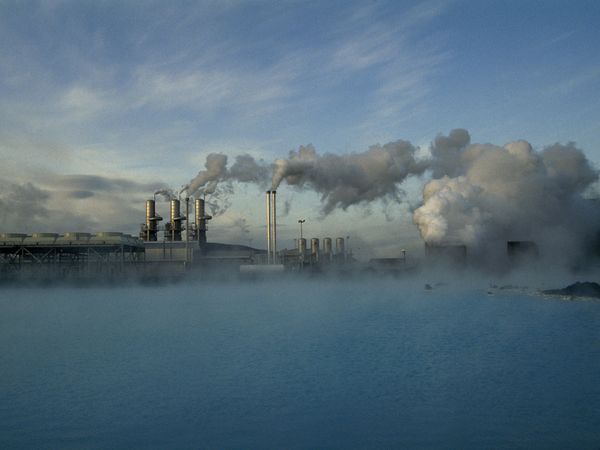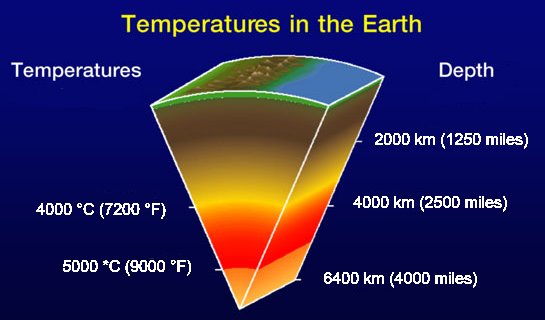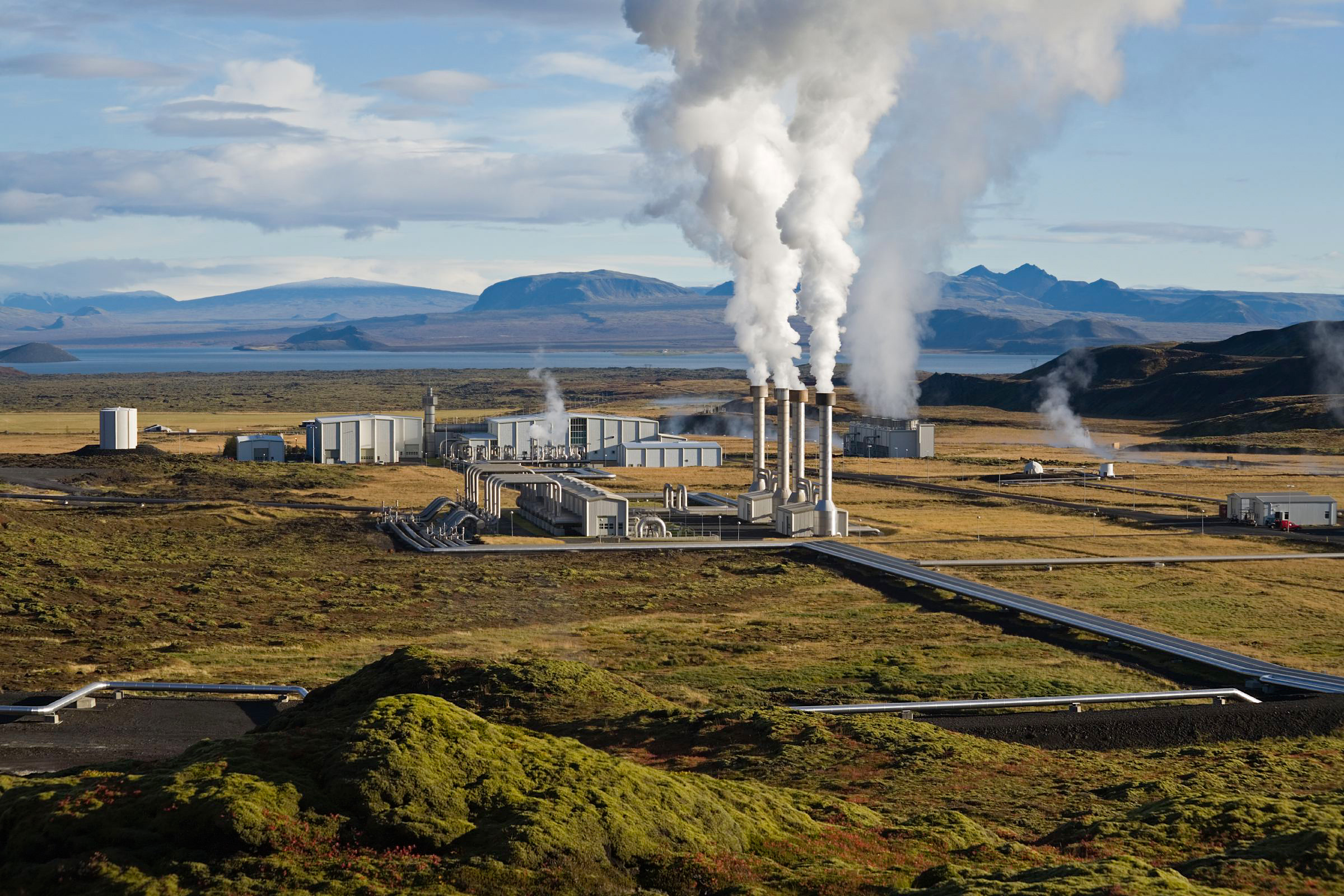This blog will contain information regarding geothermal energy, how it can be applied for generating heat and electricity, and Iceland’s use of geothermal energy.
What is geothermal energy? Geothermal energy is Heat from the earth that can be used as an energy source in many ways, from large and complex power stations to small and relatively simple pumping systems. This heat energy, known as geothermal energy, can be found almost anywhere—as far away as remote deep wells in Indonesia and as close as the dirt in our backyards. Many regions/countries in the world are already beginning to use geothermal energy as an affordable solution to reduce their dependency in fossil fuels.
The image above is a beautiful example of the energy provided by geothermal energy, the natural boiling water in Iceland is a sight to be seen.
Interesting Fact:
“More than 8,900 megawatts (MW) of large, utility-scale geothermal capacity in 24 countries now produce enough electricity to meet the annual needs of nearly 12 million typical U.S. households (GEA 2008a). Geothermal plants produce 25 percent or more of electricity in the Philippines, Iceland, and El Salvador”.
Luckily, the United States has more geothermal capacity than any other country in the world. Geothermal energy comes from a layer of hot and molten rock called magma below the Earth’s crust. “The amount of heat within 10,000 meters (about 33,000 feet) of Earth’s surface contains 50,000 times more energy than all the oil and natural gas resources in the world”.
http://www.youtube.com/watch?v=uVDBRQvBVso
Above is also a very informative link to a YouTube video of a geothermal homeowner who does a great job explaining the process.
http://www.youtube.com/watch?v=kjpp2MQffnw
This link gives a better perspective of how an actual geothermal plant works.
Know lets get more into depth on how Iceland in specific is using geothermal energy. There are five major geothermal plants that currently exist in Iceland; in In total the plants produce approximately 26.2% of the nations energy. The geothermal heat is mostly used to heat fresh water which, when hot, can be utilized directly for central heating. 89% of all the houses in Iceland are heated this way. But the geothermal water is also used in many other ways. It is used in swimming pools, for soil warming, fish farming, drying of timber and wool, animal husbandry etc.
Current researchers from the Iceland Deep Drilling Project are using magma to generate high-pressure steam at temperatures over 450 degrees Celsius, beating the world record for hottest geothermal heat. According to the measured output, the magma generated about 36 megawatts of electricity. Iceland is without a doubt a front-runner regarding geothermal energy.
The image below will help you visualize the great depths involved in taping into geothermal resources.
“Iceland is named the land of fire and ice for a good reason. It is certainly icy: temperatures hover around 10-20°F (-12 to -6°C) in the winter. But underneath that frozen earth lies fiery hot rock and water — so much of it that 87 percent of the country’s heat and hot water demand is met with geothermal energy and 25 percent of its electricity demand is supplied by geothermal power. Hydropower supplies the other 75 percent of electricity demand, which means that the country is powered 100 percent with renewables”.
With such a surplus in renewable energy Iceland is under pressure to export some of its energy. Iceland in general prefers to sustain its energy “in house”, with the hope that the energy their land provides them will help future generations in Iceland.
“But the country is weighing a difficult choice right now as it considers what to do with that abundant geothermal energy it is so lucky to have. In 2010, there was a countrywide backlash when Canadian company Magma Energy of Icelandic geothermal energy company HS Orka. Icelanders were uncomfortable with an outsider owning one of its companies. Alterra sold back 25 percent of HS Orka to a consortium of 14 Icelandic pension funds in May 2011”.
Icelanders are in a very interesting predicament, will they keep their energy to themselves or will they continue and allow foreign companies to tap into their resources?
“ High-profile Icelandic blogger Lára Hanna Einarsdóttir says that everyone in Iceland “will pay” if the electricity is exported. Instead she wants to keep the resource within the country’s borders for future generations. On the flip side is, of course, money. Geothermal power is cheap in Iceland and the country could get a nice price for it, if it could sell the power to nations that need clean energy to meet their goals”.
Personally I believe Iceland will fail into temptation, eventually the money will overwhelm the sustainable aspect of holding off for “future generations” and accept the offers.
What do you guys think Iceland will do in the near future? Will they accept the cash or hold off for future generations?
The image below is a beautiful example of geothermal power plants.
References:
http://environment.nationalgeographic.com/environment/global-warming/geothermal-profile/http://iceland.ednet.ns.ca/schedule.htm
http://interestingenergyfacts.blogspot.com/2008/03/geothermal-energy-facts.html


